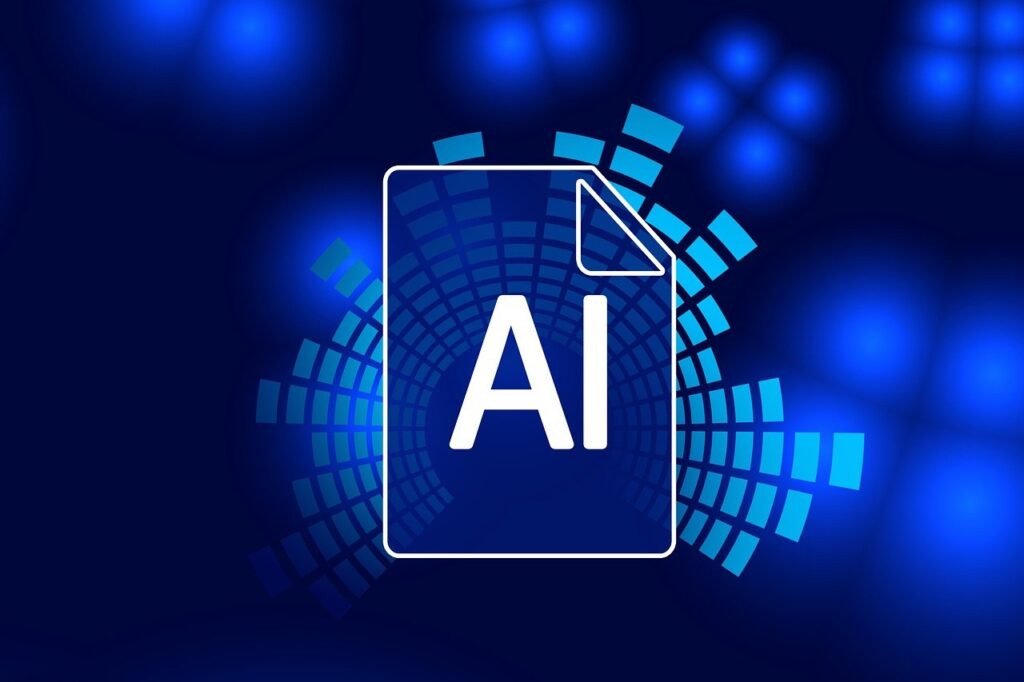Artificial intelligence (AI) is increasingly becoming a powerful tool in the battle against climate change. Its capability solidly grasp vast ammounts of data and seemingly random patterns makes it an invaluable resource for getting to know, guessing about, and addressing the coming impacts of global warming.
In the fight against climate change, one of AI’s most important applications is observed climate changes, models of future effects and predicting weather Satellites and sensors record large amounts of information on temperature, precipitation, sea levels, and other signs of climate change. Under AI algorithms these data can be broken down into trends or periodicities, outliers to be alert to at the polar regions etc., as well as forecasting when climatic patterns will emerge with greater accuracy. Policymakers, scientists and communities must build on this information to take preventive measures and adapt to new climate conditions.
AI is also an important factor in helping drive the switch to renewable energy. AI can use weather forecasting, energy load forecasts and grid prospects as inputs to optimize when solar arrays and wind turbines work their magic, yielding a higher. Artificial intelligence can predict when renewable alternative energy sources will be generating power and thus help network operators balance supply and demand more efficiently. Furthermore, AI is capable of identifying places suitable for energy storage facilities and making the best use of energy-saving technologies to reduce overall energy consumption.
In the field of agriculture, AI helps farmers adapt to changing weather patterns and produce food in a sustainable manner. AI systems can analyze conditions such as soil properties and weather forecasts, together with the crop data. This allows farmers to choose optimal planting times, adjust irrigation quantities and accurately forecast their fertilizer requirements using precision agriculture techniques. Precision agriculture means less water used; fewer synthetic chemicals placed out in the ground as fertiliser; greater yields per unit.
Furthermore, AI can help to predict where pests are likely to strike, and to design climate-resilient crop varieties for cultivation. This enables farmers both to decide in advance which dangers they have to prepare for and to ensure food security.
AI can make contributions to the onset of traffic congestion wherever it happens. Besides identifying energy consumption levels and traffic bottlenecks needing relieving, AI-driven tools can also gauge pollution on a street level. This sort of information will be invaluable for transport planners and those who design energy-efficient buildings in urban areas. You can design bike paths without the steep hills and use other strategies to encourage people to cut down on energy consumption as well. Also, AI can contribute to efficient urban waste management by sorting organic material out from the rest and turning it into a resource. Not only does this reduce greenhouse gas emissions, but it as in advanced waste management systems with commodity recovery principles.
Although AI holds great promise in the fight against climate change, we should also consider the ethical issues and challenges that come with its use. It is crucial to protect the privacy and security of data, as AI is so data-intensive. Plus, to build trust and credibility it is important that AI algorithms be transparent, explainable, and unbiased.
In a nutshell, AI is a powerful weapon against climate change. Utilizing its capacities for monitoring, forecasting and optimization, we can make our efforts in this global issue more efficient and environmentally sustainable. But there are ethical responsibilities that accompany the use of responsible AI development if we are to maximize its benefits while minimizing potential risks.

